-
 bitcoin
bitcoin $112715.707551 USD
-1.71% -
 ethereum
ethereum $4101.475385 USD
-3.01% -
 tether
tether $1.000644 USD
-0.02% -
 bnb
bnb $1207.619465 USD
-6.77% -
 xrp
xrp $2.501451 USD
-3.98% -
 solana
solana $202.947124 USD
-3.32% -
 usd-coin
usd-coin $1.000295 USD
0.04% -
 dogecoin
dogecoin $0.203884 USD
-4.47% -
 tron
tron $0.317154 USD
-1.72% -
 cardano
cardano $0.695009 USD
-4.43% -
 hyperliquid
hyperliquid $38.853961 USD
-8.23% -
 chainlink
chainlink $18.988674 USD
-4.64% -
 ethena-usde
ethena-usde $1.000233 USD
-0.03% -
 stellar
stellar $0.337050 USD
-3.63% -
 bitcoin-cash
bitcoin-cash $536.861728 USD
-1.28%
What are the position limits for Ethereum contracts?
CME Ethereum futures represent 50 ETH per contract, are cash-settled, and subject to position limits and regulatory oversight to ensure market integrity.
Sep 24, 2025 at 10:54 am
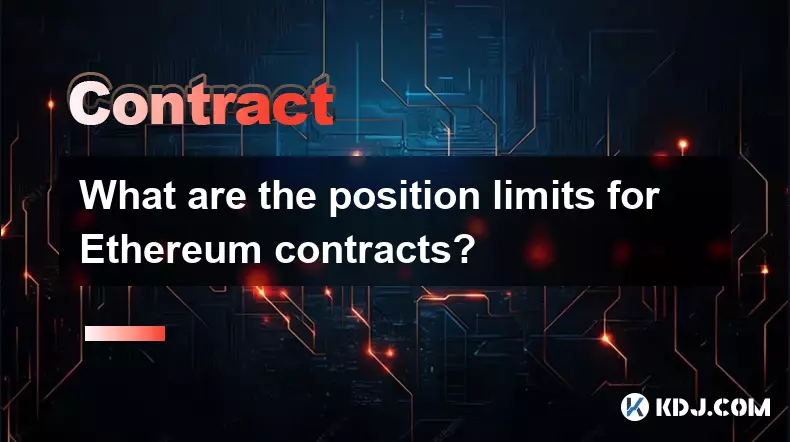
Understanding Ethereum Futures and Contract Specifications
1. Ethereum futures contracts are standardized agreements traded on regulated exchanges such as the Chicago Mercantile Exchange (CME). These contracts allow traders to speculate on or hedge against price movements in Ethereum without owning the underlying asset. Each contract represents a fixed amount of ETH, and their structure is designed to ensure market stability and transparency.
2. The CME defines each Ethereum futures contract as representing 50 ETH. This standardization helps institutional investors manage exposure efficiently while maintaining consistency across trading sessions. Because these are cash-settled instruments, no physical delivery of Ethereum occurs upon expiration.
3. Position limits are imposed by regulatory bodies like the Commodity Futures Trading Commission (CFTC) to prevent market manipulation and excessive concentration of holdings. These limits vary depending on the exchange, contract type, and participant category—such as hedgers, speculators, or large traders.
4. On the CME, position limits for Ethereum futures are calculated using accountability levels rather than strict caps in all cases. Once a trader reaches a certain threshold—typically 100 contracts in a single month or 200 across all months—the exchange may require justification for holding larger positions. This system allows flexibility while still monitoring potential risks.
5. Market participants must report their positions if they exceed reporting thresholds. For Ethereum futures, this usually starts at 25 contracts. Reporting enables regulators to maintain oversight and ensures that no single entity gains undue influence over price discovery mechanisms within the market.
Regulatory Framework Governing Crypto Derivatives
1. The CFTC oversees all futures trading in the United States, including cryptocurrency derivatives. It works with designated contract markets like CME to enforce rules that promote fairness and reduce systemic risk. This includes setting position accountability levels and monitoring for spoofing or layering activities.
2. Exchanges implement position management protocols based on CFTC guidelines. They can adjust position limits during periods of high volatility or low liquidity to protect market integrity. These adjustments are communicated publicly and applied uniformly across all accounts.
3. Different categories of traders face varying degrees of scrutiny. Commercial entities using Ethereum futures for hedging purposes often receive more favorable treatment under position limit rules compared to speculative funds or individual traders operating large accounts.
4. Off-exchange transactions, such as privately negotiated swaps, are also subject to reporting requirements when they involve commodity derivatives. This prevents circumvention of position limits through alternative trading venues and maintains a comprehensive view of market exposure.
5. Regulators regularly review the effectiveness of existing frameworks. As Ethereum’s market matures and adoption grows, adjustments to position limits and reporting obligations may occur to reflect new trading patterns and volumes.
Risks Associated with Large Positions in ETH Contracts
1. Holding large positions in Ethereum futures increases counterparty risk, especially when dealing with less capitalized brokers or offshore platforms. Even on regulated exchanges, extreme price swings can trigger margin calls that strain capital reserves.
2. Concentrated positions can inadvertently influence short-term price action, particularly during low-liquidity periods. Such moves may attract regulatory attention and lead to investigations into potential manipulation, even if unintentional.
3. Margin requirements scale with position size. Traders holding dozens or hundreds of contracts must maintain substantial collateral, which ties up capital that could otherwise be deployed elsewhere in their portfolio.
4. Rolling over expiring contracts becomes more complex at scale. Execution slippage and timing discrepancies can erode profits or amplify losses when managing large open interest across multiple contract months.
5. Regulatory intervention remains a constant factor. Sudden changes in position limits or increased surveillance can force unwinds or restructuring of existing trades, impacting strategy performance and increasing operational complexity.
Frequently Asked Questions
What is the size of one Ethereum futures contract on CME?One CME Ether futures contract equals 50 ETH and is cash-settled based on the CME CF Ether-Dollar Reference Rate at expiration.
Do position limits apply to retail traders?Position accountability levels primarily affect large traders. Most retail participants do not reach thresholds requiring reporting or justification, but they must still comply with exchange-specific margin and conduct rules.
Can position limits change during volatile markets?Yes, exchanges have the authority to modify position limits or impose temporary restrictions during periods of heightened volatility to safeguard market function and investor protection.
Are there different rules for institutional vs. individual traders?Institutions classified as commercial hedgers may qualify for exemptions or higher limits under certain conditions. Individual traders are generally treated as speculators and face stricter constraints once they exceed reporting levels.
Disclaimer:info@kdj.com
The information provided is not trading advice. kdj.com does not assume any responsibility for any investments made based on the information provided in this article. Cryptocurrencies are highly volatile and it is highly recommended that you invest with caution after thorough research!
If you believe that the content used on this website infringes your copyright, please contact us immediately (info@kdj.com) and we will delete it promptly.
- BTC, ETH, and Crypto Presales: Navigating the Storm with MoonBull & LivLive
- 2025-10-15 11:05:13
- BlackRock's Bitcoin ETF Buzz Down Under: Australia's Crypto Scene Heats Up
- 2025-10-15 11:45:15
- Trump, Bitcoin, and Trump Media: A New York Minute on Crypto's Latest Twist
- 2025-10-15 11:05:13
- Altcoin Season Incoming? Historical Setups and Trends to Watch
- 2025-10-15 11:45:15
- Crypto Scam Crackdown: Cambodian Executive, Bitcoin Seizure, and a $14 Billion Heist
- 2025-10-15 11:10:00
- Bitcoin's Wild Ride: Structural Demand Survives the Liquidation Tsunami
- 2025-10-15 11:10:00
Related knowledge

How to calculate the ROI for Ethereum contracts?
Oct 09,2025 at 04:36pm
Understanding Ethereum Contract ROI Basics1. Return on Investment (ROI) for Ethereum contracts begins with tracking the initial capital deployed into ...

How to find arbitrage opportunities between different Bitcoin contracts?
Oct 14,2025 at 11:18pm
Finding Arbitrage Opportunities in Bitcoin Futures Markets1. Monitor price discrepancies across exchanges offering Bitcoin futures contracts. Differen...
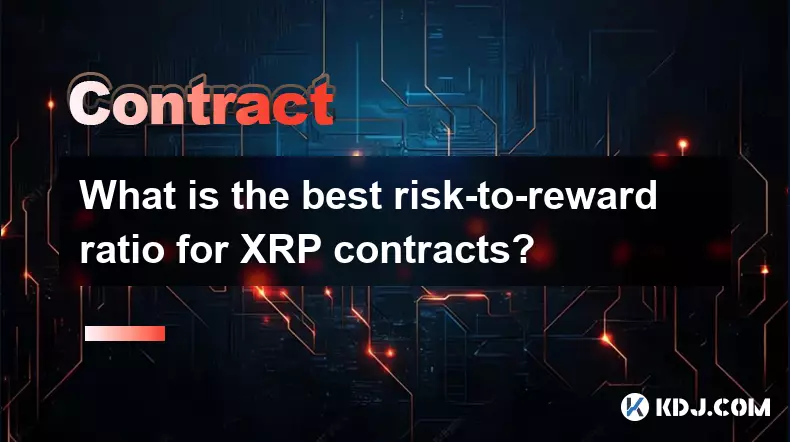
What is the best risk-to-reward ratio for XRP contracts?
Oct 11,2025 at 04:18am
Understanding Risk-to-Reward in XRP Futures Trading1. The risk-to-reward ratio is a fundamental metric used by traders to evaluate the potential profi...
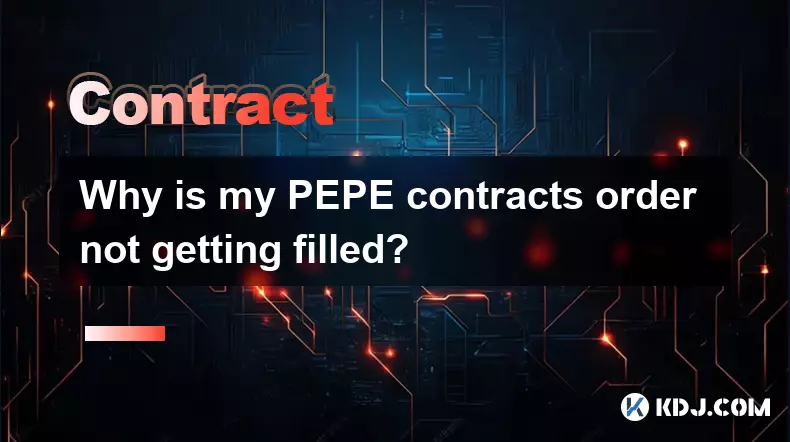
Why is my PEPE contracts order not getting filled?
Oct 12,2025 at 06:01pm
Understanding Liquidity Issues in PEPE Contracts1. Low liquidity is one of the primary reasons a PEPE contract order may not get filled. Many meme-bas...
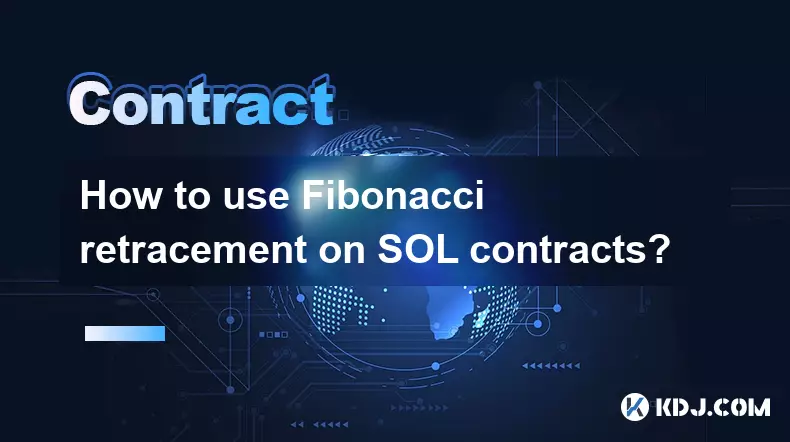
How to use Fibonacci retracement on SOL contracts?
Oct 14,2025 at 02:36pm
Fibonacci Retracement Basics in SOL Trading1. Fibonacci retracement is a technical analysis tool used to identify potential support and resistance lev...

Is it better to trade Dogecoin contracts or spot?
Oct 12,2025 at 04:54pm
Understanding Dogecoin Spot Trading Mechanics1. Spot trading involves the direct purchase and ownership of Dogecoin at the current market price. Trade...

How to calculate the ROI for Ethereum contracts?
Oct 09,2025 at 04:36pm
Understanding Ethereum Contract ROI Basics1. Return on Investment (ROI) for Ethereum contracts begins with tracking the initial capital deployed into ...

How to find arbitrage opportunities between different Bitcoin contracts?
Oct 14,2025 at 11:18pm
Finding Arbitrage Opportunities in Bitcoin Futures Markets1. Monitor price discrepancies across exchanges offering Bitcoin futures contracts. Differen...

What is the best risk-to-reward ratio for XRP contracts?
Oct 11,2025 at 04:18am
Understanding Risk-to-Reward in XRP Futures Trading1. The risk-to-reward ratio is a fundamental metric used by traders to evaluate the potential profi...

Why is my PEPE contracts order not getting filled?
Oct 12,2025 at 06:01pm
Understanding Liquidity Issues in PEPE Contracts1. Low liquidity is one of the primary reasons a PEPE contract order may not get filled. Many meme-bas...

How to use Fibonacci retracement on SOL contracts?
Oct 14,2025 at 02:36pm
Fibonacci Retracement Basics in SOL Trading1. Fibonacci retracement is a technical analysis tool used to identify potential support and resistance lev...

Is it better to trade Dogecoin contracts or spot?
Oct 12,2025 at 04:54pm
Understanding Dogecoin Spot Trading Mechanics1. Spot trading involves the direct purchase and ownership of Dogecoin at the current market price. Trade...
See all articles





















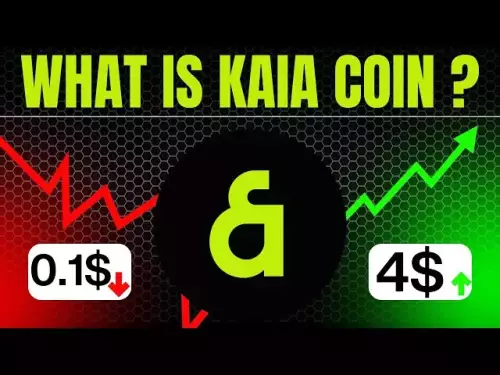




![Staking ATH: How To Stake $ATH in October 2025 with 523% APY — [Step-By-Step Guide] Staking ATH: How To Stake $ATH in October 2025 with 523% APY — [Step-By-Step Guide]](/uploads/2025/10/15/cryptocurrencies-news/videos/staking-ath-stake-ath-october-apy-stepstep-guide/68eef94d80903_image_500_375.webp)















































